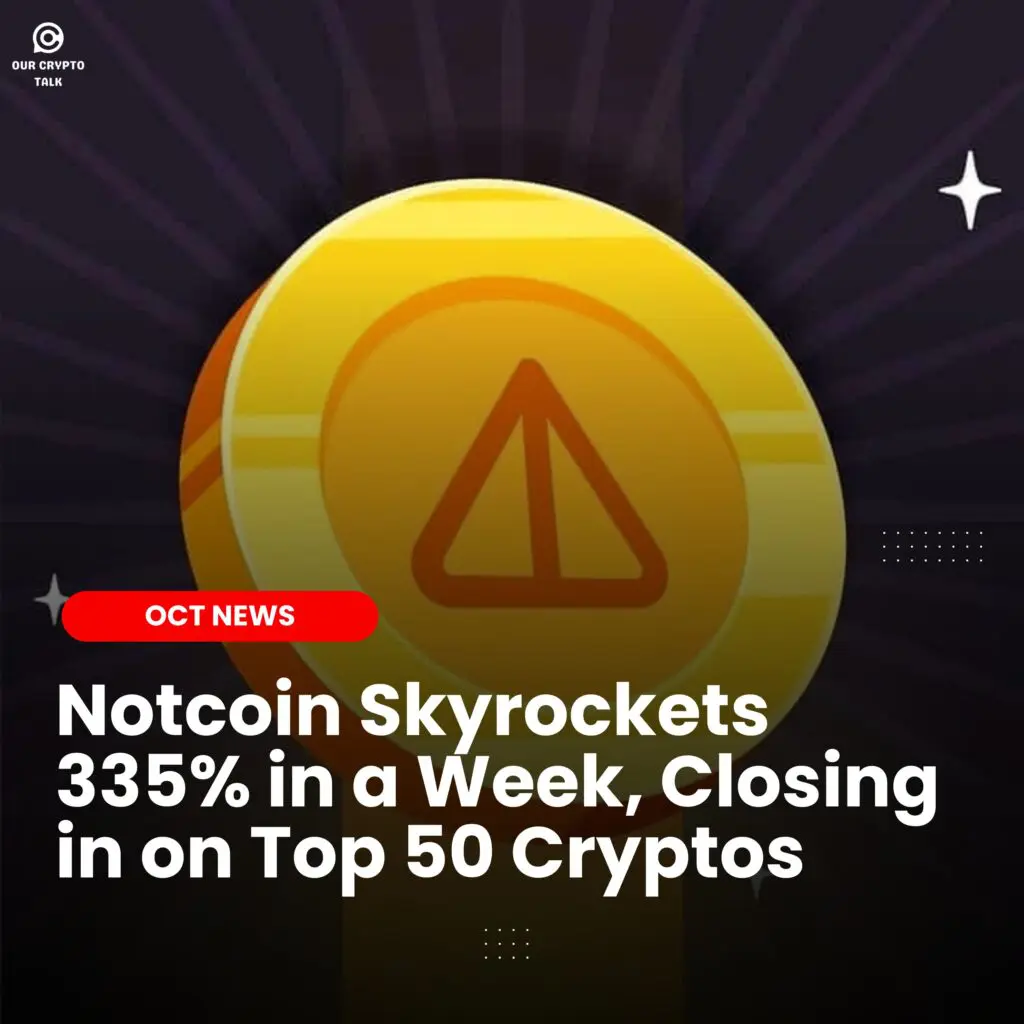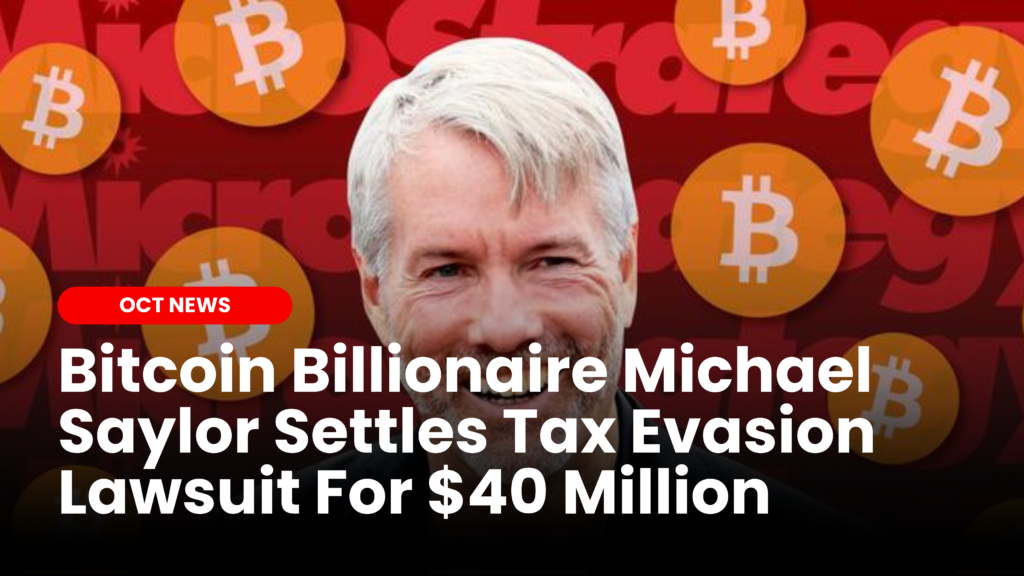Kaito AI’s highly anticipated $KAITO token launch on February 20, 2025, has sparked controversy as early recipients, including high-profile influencers, sold their allocations shortly after claiming. The rapid sell-off led to a sharp price decline, raising concerns about airdrops, insider allocations, and market stability in the Web3 ecosystem.
Influencers and Early Backers Sell Immediately
According to Arkham Intelligence, several prominent figures liquidated their entire allocations soon after the token went live. Ethereum educator Anthony Sassano offloaded 166,397 KAITO tokens, worth approximately $185,000, while Solana advocate ANSEM (Zion Thomas) sold his $230,000 share. Mert Mumtaz, co-founder of Helius, dumped 80% of his $340,000 allocation.
Combined, these sales totaled $655,000, contributing to a significant increase in selling pressure. Critics pointed out that top “Yappers” received disproportionately high allocations, creating an incentive for immediate liquidation rather than long-term holding.
KAITO Airdrop: WHO SOLD?
— Arkham (@arkham) February 20, 2025
ANSEM: received $230K KAITO – SOLD 100%
MERT: received $340K KAITO – SOLD 80%
ANTHONY SASSANO: received $185K KAITO – SOLD 100% pic.twitter.com/a0jfLtILbG
Airdrop Mechanics and Community Reactions
The KAITO airdrop was a central component of the Token Generation Event (TGE), distributing 10% of the total supply (100 million tokens) to community members, NFT holders, and partners. Additionally, 2% (20 million tokens) went to Binance’s HODLer Airdrop program.
Many recipients, especially those in Kaito’s “Yap-to-Earn” program, expressed frustration over allocation inconsistencies. Some users received fewer tokens than expected, while others received none despite participation. These discrepancies fueled disappointment and added to the wave of selling pressure.
The majority of the sentiment on X was mostly positive though, with different levels of creators mostly happy with having received whatever they did.


Token Price and Market Volatility
The $KAITO token opened at $1.40, giving it a fully diluted valuation (FDV) of $1.4 billion. However, within hours, heavy selling caused the price to drop to $0.91, with reports of a brief flash crash to $0.68. By the next day, KAITO was trading below $1, reflecting continued sell-offs. The price seems to have recovered well with the current price at $1.35.
Analysts had previously warned of a “big hype, big spike, then a massive sell-off” scenario, which played out as predicted. On Aevo, an 11:1 sell-to-buy ratio before the launch had already signaled significant dumping risks.
Transparency Issues and KOL Wallet Exposure
The airdrop inadvertently exposed the wallet addresses of influencers and key opinion leaders (KOLs), allowing public tracking of their transactions. This led to backlash as users accused them of using retail traders as exit liquidity. Some described it as one of the largest public reveals of influencer wallets in crypto history.



